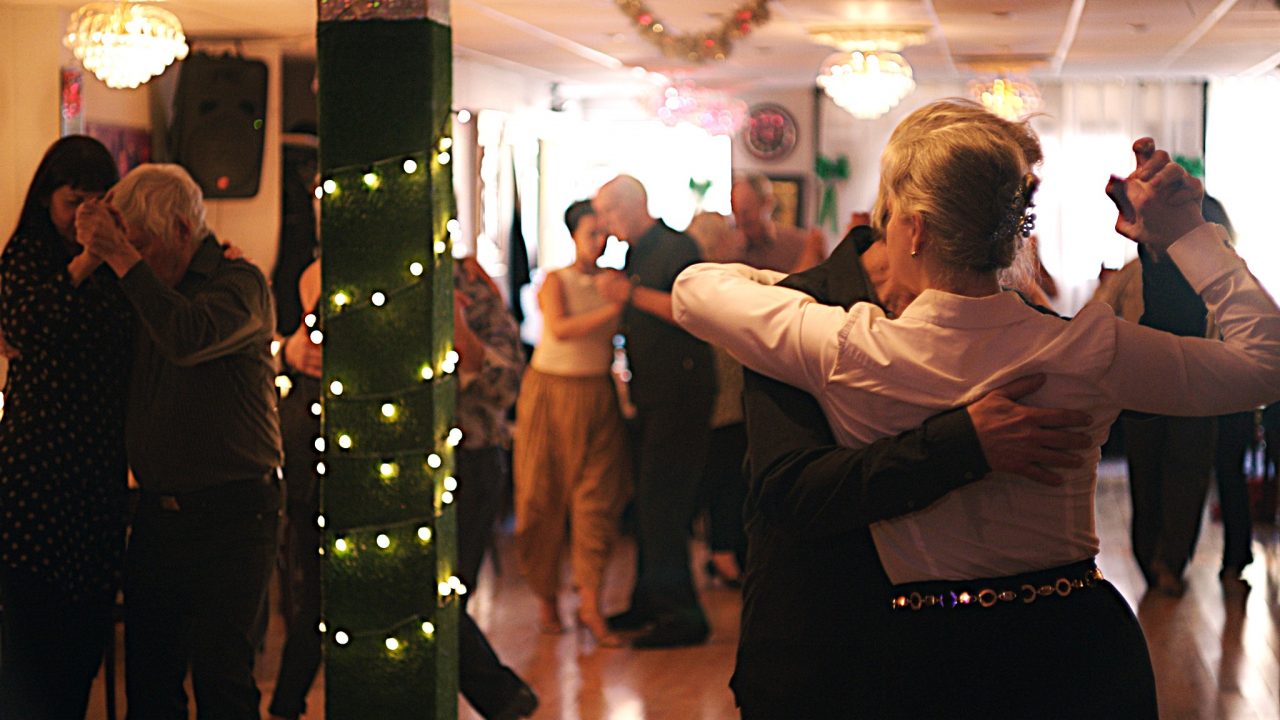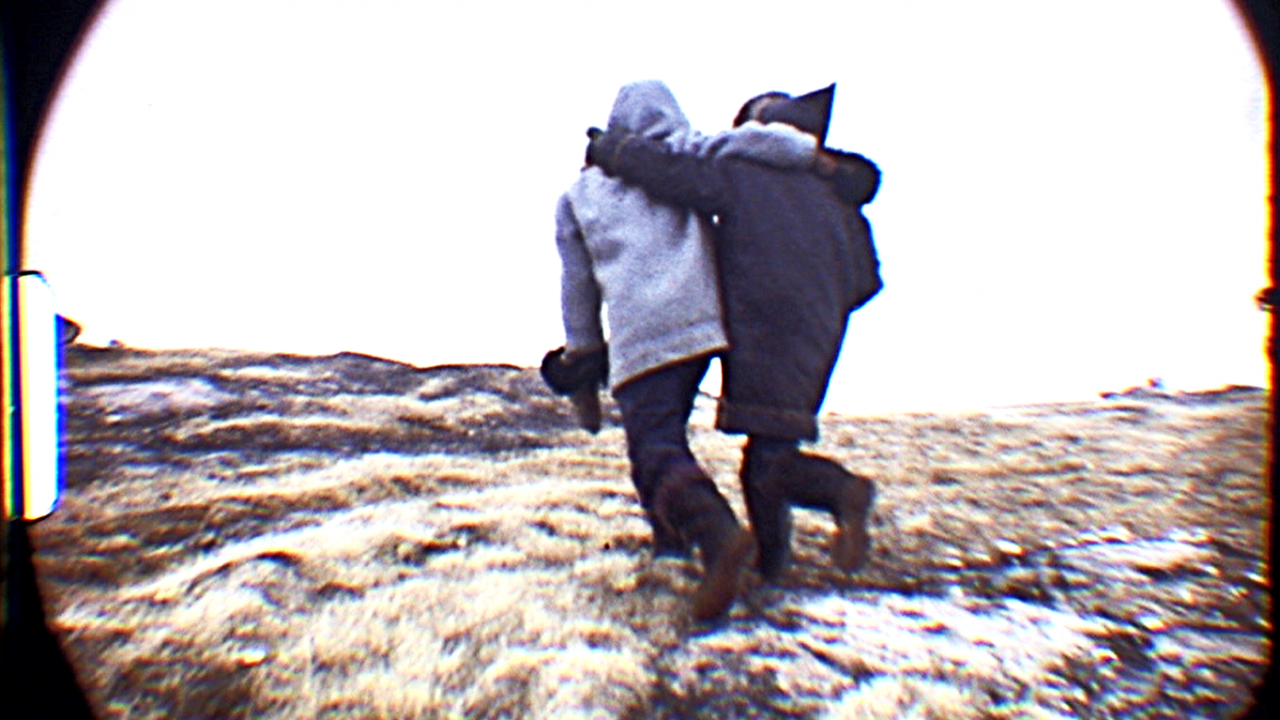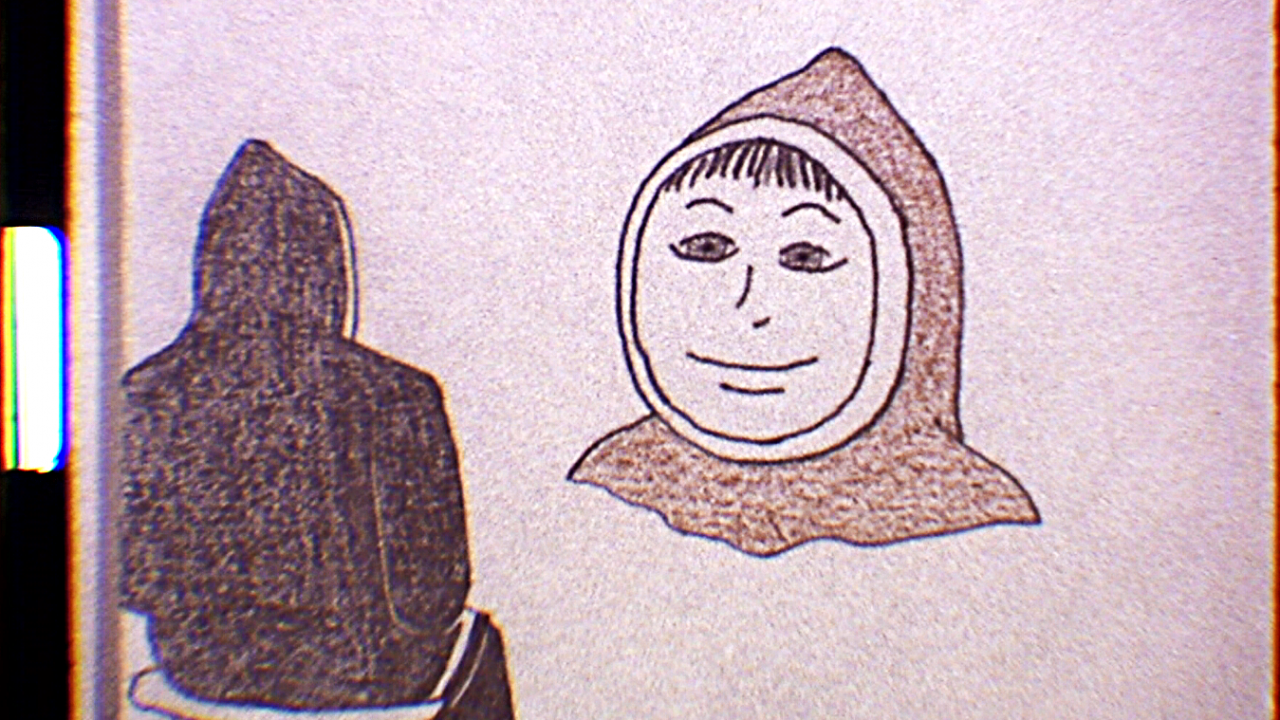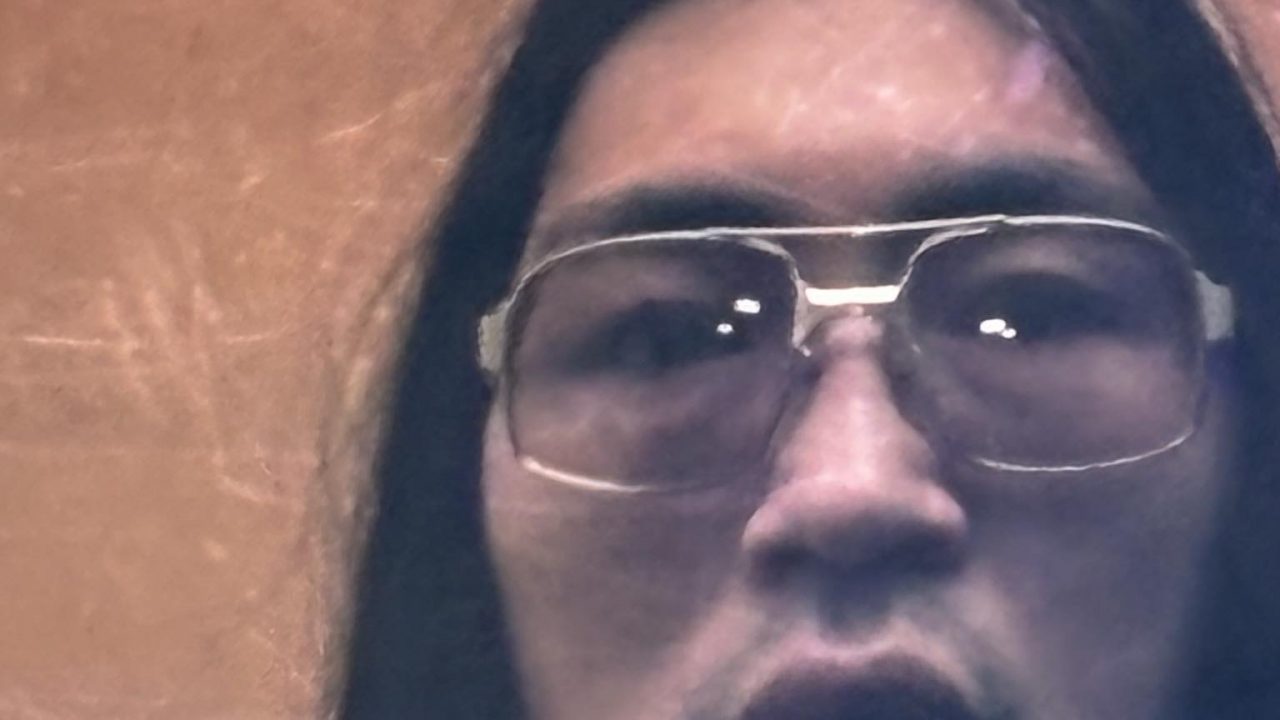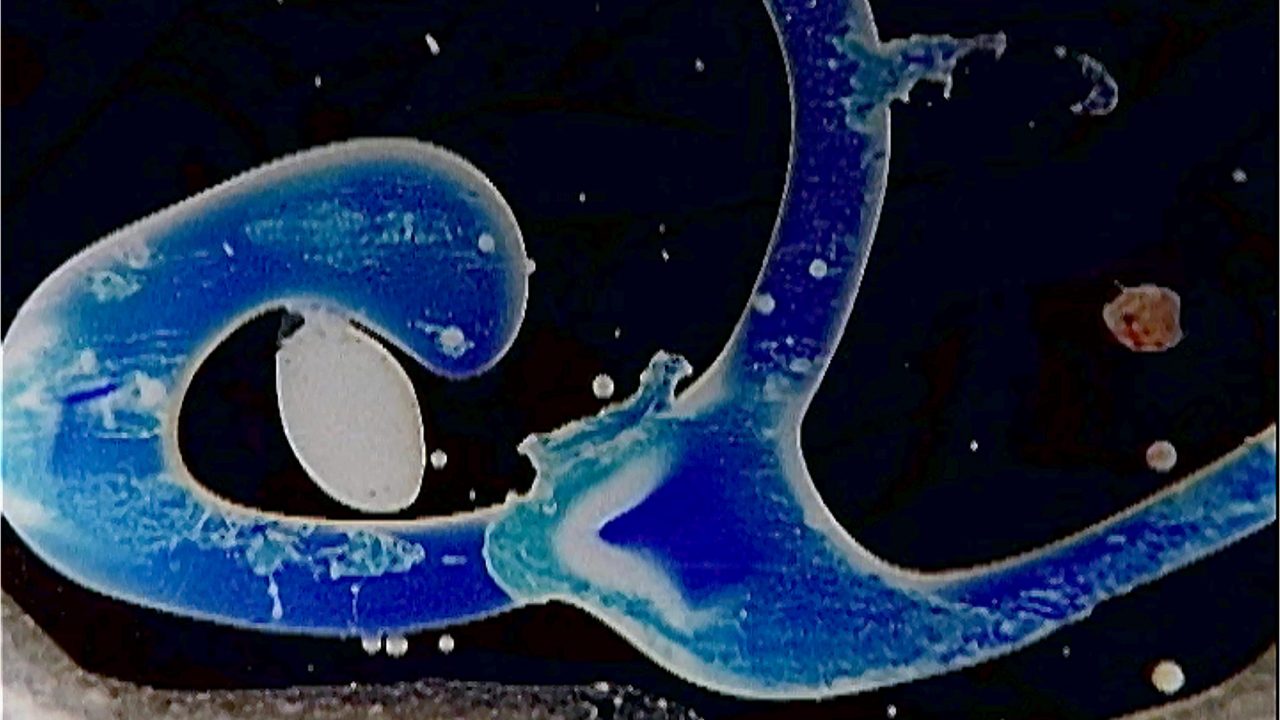
BC’s Underground Filmmakers and the NFB
BC’s Underground Filmmakers and the NFB
In the 1970s, British Columbia’s thriving underground and experimental film scene exploded. Let’s dive into the work of some of these influential artists, whose films marked an important “before and after” point in the history of the province’s cinema.
To start with, experience David Rimmer’s 2003 hypnotic short, Gathering Storm; like all the titles featured below, it’s being made available online for the first time for this blog post. In this hand-painted, camera-less film, Rimmer fuses the spirit of contemporary world music with disorder and chaos, crafting a beautiful, abstract piece.
Gathering Storm, David Rimmer, provided by the National Film Board of Canada
David Rimmer: Honouring a Legendary Vancouver Filmmaker
Awarded a 2011 Governor General’s Award for his lifetime achievements in the visual and media arts, filmmaker, photographer and professor David Rimmer (1942–2023) helped kick-start one of the most important film communities in Canada with his classic 1970 experimental shorts Surfacing on the Thames and Variations on a Cellophane Wrapper.
Rimmer was a unifying figure for a generation of filmmakers who would shift the landscape of BC cinema forever. As noted by the Canadian Film Encyclopedia, Rimmer explored the structure of the film medium while simultaneously operating on a metaphorical level.[i] Along with Michael Snow, Rimmer remains Canada’s most internationally acclaimed experimental filmmaker. He started making films in 1967 and completed over 40 titles in the ensuing four decades. In his work, “the spectator is called upon to share in the experiences of exploration… Rimmer shows us the multiplicity of ways of seeing in general.”[ii] The first of the two NFB films Rimmer made, Jack Wise: Language of the Brush (1998), offers a unique encounter between the eponymous visual artist, composer Dennis Burke and Rimmer’s own experimental work, while celebrating Wise’s life and career.
Jack Wise: Language of the Brush, David Rimmer, provided by the National Film Board of Canada
Al Razutis: Film Artist, Professor and Cultural Activist
A Vancouver-based professor, historian and experimental filmmaker, Al Razutis was born in Bamberg, Germany, and joined BC’s underground cinema scene in 1967. He’s made more than 50 films, many of which have won international awards (including the Los Angeles Film Critics Award in 1988) and screened at prestigious museums and galleries around the world, including the Louvre in Paris.[iii]
A legend of BC’s underground cinema scene, Razutis is a multidisciplinary artist who helped build the movement by creating radical films. Through his mentorship and fierce belief in collective power, he inspired a generation of DIY filmmakers across BC, sparking film hubs all over the province. Razutis worked at Simon Fraser University in Vancouver as the head of the Film-Video Programme and was instrumental in forming the West Coast film distributor Moving Images Distribution, the Vancouver production co-op Cineworks Independent Filmmakers Society, and a short-lived union of Canadian film artists.[iv]
In 1976, he directed his only film for the NFB, Egypte, which incorporates time-lapse photography and chants in its impressionistic look at the country’s great monuments.
Egypte, Al Razutis, provided by the National Film Board of Canada
Kirk Tougas, Colin Browne and the Pacific Cinematheque
The member of BC’s underground film scene who went on to collaborate the most with the NFB, Kirk Tougas earned over 36 credits as DOP or cameraman from 1982 to 2017 at the Board. He worked on NFB classics such as Loretta Todd’s Forgotten Warriors (1997), Elizabeth Walker’s Mr. Bear’s Song (1997) and Linda Ohama’s Obachan’s Garden (2001), which together won dozens of awards. Tougas played a crucial role in BC cinema as the founding director of the Pacific Cinematheque in Vancouver (known today simply as the Cinematheque), turning this newly created institution into a key contributor to the vitality of BC filmmaking. This cultural hub of alternative cinema also supported the experiments of local underground directors, fostering relationships among this generation of filmmakers that resulted in future collaborations like Colin Browne’s Father and Son (1992).
Father and Son, Colin Browne, provided by the National Film Board of Canada
Another member of BC’s underground cinema movement, Browne is a writer, filmmaker and professor who’s been nominated for a Genie Award and shortlisted for a Governor General’s Award. His seven-film filmography includes Strathyre (1979), The Image Before Us (1986) and Father and Son, for which Tougas is credited as cinematographer. Selected to screen at seven festivals around the world, this ahead-of-its-time film memoir explores the roles of the son and the father in Western patriarchal culture. The film combines Hi-8 home video, snapshots, archival footage and the moving testimonies of fathers and sons.
Sturla Gunnarsson: A Day Much Like the Others
Oscar-nominated, Emmy Award-winning director Sturla Gunnarsson was born in Iceland and raised in Vancouver. His award-winning graduate film, A Day Much Like the Others (1979)[v], which was made at UBC, earned him a place in Vancouver’s underground film movement and has been screened at a number of venues, including MoMA. Gunnarsson went on to direct four films for the NFB: the Oscar-nominated feature-length docu-fiction After the Axe (1981), which depicts the reality of managers getting fired and the emergence of a new industry that specializes in executive terminations; Emmy Award winner Final Offer (1985, co-directed with Robert Collison), a cinéma vérité classic in which the filmmakers were given freedom to record the historic 1984 contract negotiations between the United Auto Workers and General Motors Corporation; Force of Nature: The David Suzuki Movie (2010), which profiles the life and work of the world-renowned Canadian scientist and activist; and Where Is Here? (1987), a behind-the-scenes look at the making of the 100th-anniversary issue of Saturday Night magazine.
Where Is Here?, Sturla Gunnarsson, provided by the National Film Board of Canada
The Legacy of BC’s Underground Cinema
BC’s underground cinema scene included many other artists, actors and filmmakers, such as Alex MacKenzie, Chris Gallagher, Gary Lee-Nova, Patricia Gruben, Ron Burnett and Tom Braidwood.[vi] The movement was fundamental to the development of filmmaking in the province. Its members had wide-ranging successes: they earned prestigious awards, became iconic actors (e.g., Tom Braidwood played the role of Melvin Frohike on the American television series The X-Files), founded the local cinematheque and created or led academic programs at universities in Vancouver.
These filmmakers also had a hand in making more than 50 NFB productions—only a portion of their impressive legacy, composed of hundreds of films. They were mentors who helped pave the way for new generations of directors in BC and the NFB; and by experimenting and exploring the medium without any constraints or prescribed outcomes, they produced a unique body of work that’s been widely studied and disseminated across Canada, and that continues to inspire filmmakers worldwide today.
Enjoy this selection of NFB films directed by erstwhile members of BC’s underground film scene, curated and re-released online for this blog post!
Header Image: Gathering Storm (2003) by David Rimmer
[i] https://web.archive.org/web/20121007022222/http://tiff.net/CANADIANFILMENCYCLOPEDIA/content/bios/david-rimmer
[ii] Allan, Blaine. “Handmade, or David Rimmer’s Divine Mannequin.” Revue Canadienne d’Études cinématographiques / Canadian Journal of Film Studies Vol. 2, No. 1 (Spring 1992), pp. 63-80 (18 pages). Published by: University of Toronto Press.
[iii] https://cfe.tiff.net/canadianfilmencyclopedia/content/bios/al-razutis
[iv] ibid.
[v] https://cfe.tiff.net/canadianfilmencyclopedia/content/bios/sturla-gunnarsson
[vi] Martin, Richard. dir. Backbone: Vancouver Experimental Cinema 1967–1981 (2013).
